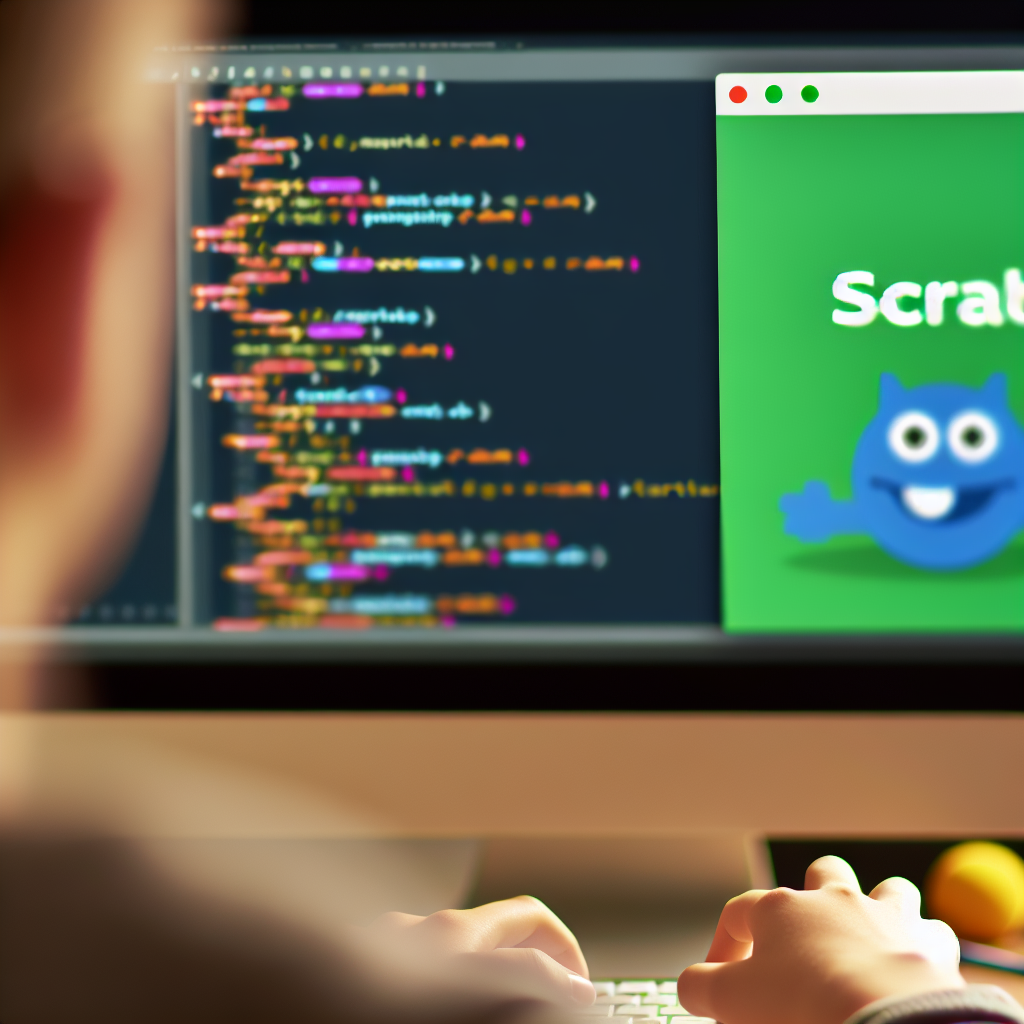In recent years, the journey of **programmers using Scratch** has gained significant attention within the realms of **software engineering** and **computer science**. More than just a beginner’s tool, Scratch is transforming how new programmers approach coding, fostering creativity and problem-solving skills. This article explores how Scratch is shaping future developers and its role in the broader coding ecosystem.
From Beginner to Future Software Engineer: The Impact of Scratch in Coding Education
Scratch, developed by MIT, has become a pivotal tool in the early stages of computer science education. Its visual programming language allows **beginners and young learners** to grasp fundamental programming concepts without the complexity of syntax. This approachable environment helps students develop logical thinking, which is essential for more advanced **softwareengineering** tasks later on. Many successful software engineers started their journey with Scratch, emphasizing its importance in nurturing coding passion early on.
Moreover, Scratch encourages a **problem-solving mindset**, enabling users to create interactive stories, animations, and simple games that reinforce coding logic. This process builds a solid foundation for understanding algorithms, variables, and control flow—key components for any aspiring computer scientist. As learners become proficient in Scratch, they often transition smoothly into text-based programming languages like Python or Java, illustrating Scratch’s role as a stepping stone toward professional **software development**.
The Broader Role of Scratch in Developing Computer Science Skills
Beyond initial programming education, Scratch plays a vital role in developing skills relevant to **software engineering** and **computer science** as a whole. Its community-driven platform fosters collaboration, where users share projects and ideas, emulating real-world programming environments. This collaborative culture enhances communication skills crucial for modern developers working in teams.
Additionally, Scratch’s emphasis on creativity and experimentation supports innovative thinking—an essential trait for problem-solving in complex coding projects. As students experiment with different programming blocks, they learn about **software architecture** concepts such as modular design and debugging, which are critical for scalable and maintainable codebases. Integrating Scratch into formal education systems promotes a holistic understanding of **computerscience**, encouraging students to pursue further knowledge and eventually contribute to cutting-edge software solutions.
In conclusion, *programmers using Scratch* exemplify how accessible tools can significantly influence the learning trajectory within **software engineering** and **computer science**. By fostering foundational skills, nurturing creativity, and encouraging collaboration, Scratch prepares aspiring developers for the challenges of advanced coding. Embracing this platform can inspire the next generation of innovative programmers committed to advancing technology.
